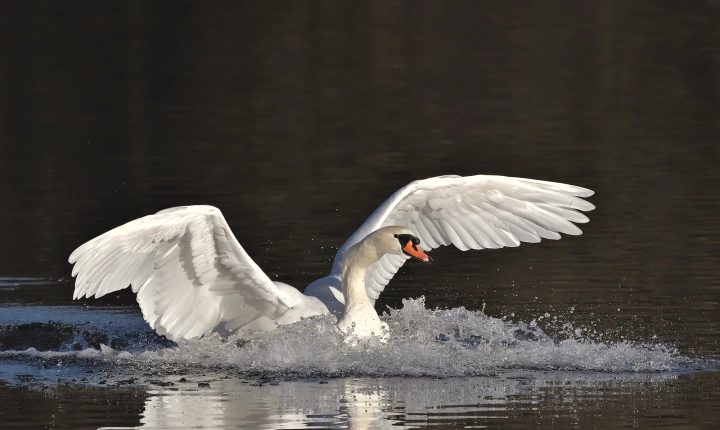Title: The Creative Process of Generating AI Artwork
Artificial intelligence (AI) has quickly become an integral part of the art world, with its ability to create stunning images that challenge our perceptions of creativity and originality. The process of generating AI artwork is a fascinating blend of human ingenuity and machine learning, resulting in pieces that push the boundaries of traditional artistic expression.
The first step in creating AI artwork involves the use of generative adversarial networks (GANs) or similar deep learning algorithms. These algorithms consist of two neural networks: a generator and a discriminator. The generator produces images, while the discriminator evaluates them for authenticity. Through iterative training, the generator learns to produce increasingly realistic images, while the discriminator becomes better at detecting fakes.
One of the popular methods for generating AI artwork is through the use of style transfer. Style transfer involves taking the style of one image and applying it to another, resulting in a unique blend of artistic elements. Artists and developers can input various artistic styles, such as impressionism, cubism, or surrealism, and apply them to different images to create AI-generated pieces with diverse aesthetic qualities.
DeepDream is another technique that has gained popularity for generating AI artwork. It utilizes a convolutional neural network to enhance and manipulate images to create dreamlike, psychedelic visuals. By iteratively enhancing patterns found in an input image, DeepDream can create mesmerizing and surreal interpretations that prioritize certain elements, such as edges, textures, and patterns.
Another emerging trend in AI artwork is the use of language-based models, such as OpenAI’s GPT-3, to generate images based on textual prompts. By providing a detailed description or narrative, users can prompt AI models to generate visual representations of their concepts, resulting in unique and personalized artwork directly inspired by language.
Furthermore, the use of AI to create visual art has raised ethical and legal questions regarding the ownership and authenticity of AI-generated artworks. As AI systems can autonomously create images without direct human intervention, the question of who owns the rights to the created artwork becomes increasingly complex. Additionally, distinguishing AI-generated artworks from those created by human artists raises concerns about authenticity and the value of AI art in the art market.
In conclusion, the process of generating AI artwork is a dynamic and ever-evolving fusion of art and technology. Through the innovative use of machine learning algorithms, style transfer techniques, and language-based models, AI is redefining artistic creation and challenging the traditional boundaries of human ingenuity. As AI continues to advance, the realm of AI-generated art is sure to expand, presenting new opportunities and challenges for artists, developers, and art enthusiasts alike.
